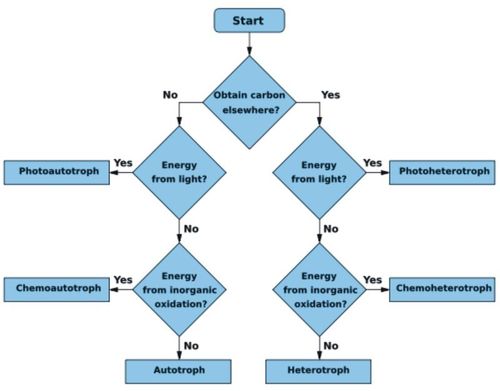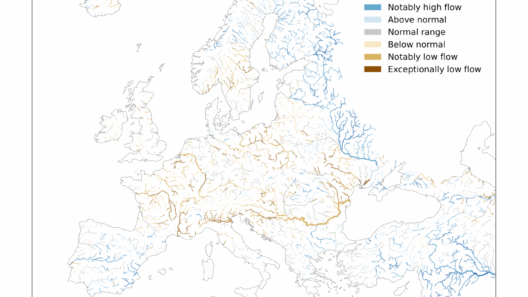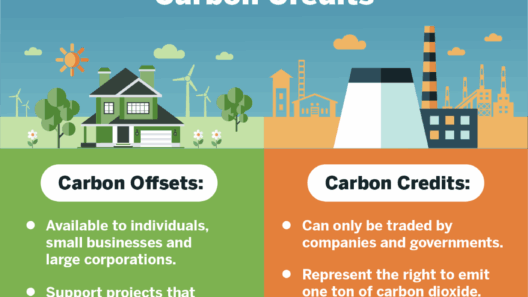As the climate crisis escalates, the actions and views of influential leaders gain paramount importance. One such leader is Kamala Harris, the Vice President of the United States, who has consistently articulated a vision for combating climate change. But what exactly does she think about this pressing global issue? This examination endeavors to illuminate her positions, policies, and the broader implications of her climate-centric advocacy.
Firstly, it is essential to grasp the context in which Harris operates. She entered the climate debate not merely as an environmental advocate, but as a representative of a generation increasingly cognizant of environmental degradation. With a scientific consensus underscoring the urgency of climate action, Harris realizes the stakes involved—not just for today but for posterity. Harris believes that climate change presents an existential threat that demands immediate and comprehensive action.
So, how does she approach this formidable challenge? Harris’s framework is multifaceted, addressing various dimensions of climate change. For starters, she unequivocally endorses the transition to renewable energy. The move away from fossil fuels is not just an environmental imperative but an economic opportunity. Through investments in solar, wind, and other sustainable technologies, Harris envisions the creation of millions of jobs, particularly for communities historically marginalized in the energy sector. In her view, this shift is not solely about reducing carbon emissions; it is also a vehicle for economic revitalization and equity.
Moreover, Harris’s climate philosophy extends to the issue of environmental justice. She acknowledges that climate change disproportionately affects low-income communities and communities of color. In her eyes, battling climate change is inextricably linked to rectifying historical injustices. This perspective is not merely a rhetorical flourish; it finds practical expression in policies aimed at ensuring equitable access to clean air, water, and natural resources. Wouldn’t it be thought-provoking if climate action was synonymous with social justice? Indeed, Harris’s agenda suggests that such a connection is not only feasible but crucial.
On another front, Harris recognizes the importance of rejoining international efforts to combat climate change. The United States, as one of the world’s largest carbon emitters, bears a significant responsibility. She champions the idea that robust international cooperation is vital. This is epitomized by her fervent support for the Paris Agreement, an accord designed to curtail global temperature rise. This commitment to international collaboration is not merely a diplomatic nicety; it represents a strategic response to a global crisis that knows no borders.
Nevertheless, Harris’s proposals do not exist in a vacuum. They are challenged by the complex political landscape of the U.S. While she advocates for ambitious climate policies, she must navigate a reality where partisanship often complicates substantive dialogue. Public skepticism about climate science, fueled by misinformation, poses a considerable obstacle. Thus, Harris faces an inherent challenge: how to cultivate broad-based support for innovative climate solutions in an environment rife with division. Can transformative climate policies gain traction amid such polarization? The answer lies, in part, in her ability to communicate the urgency of climate action effectively.
Amidst these challenges, Harris has outlined pivotal legislative initiatives. Her “Clean Energy Plan” articulates a blueprint for achieving net-zero emissions by 2050. Within this plan are ambitious targets for building energy-efficient infrastructure and electrifying transportation systems. Such initiatives are timely, as the transportation sector remains one of the largest contributors to greenhouse gas emissions. This raises a pertinent question: Can a transition to electric vehicles truly be realized at scale, particularly with regard to their affordability and accessibility for all citizens? Harris seems to believe it is not only feasible but essential to embark on this journey.
Furthermore, Harris touts the importance of fostering innovations in technology and research. Investment in clean tech is indispensable to ensuring long-term sustainability. Her administration’s commitment to funding clean energy research is a signal that Kamala Harris is serious about positioning the U.S. at the forefront of climate solutions. What if these innovations could not only mitigate climate impact but also revolutionize energy consumption? Such a scenario might well define the next era of environmental stewardship.
As we contemplate Harris’s vision for climate action, it is vital to analyze the implications of her approach for local and global communities alike. Implementing her policies might galvanize a grassroots movement advocating for systemic change. Could this serve as a rallying call for citizens to prioritize sustainability in their own lives? A potential challenge looms here: the need for active civic engagement. Boosting awareness and encouraging individuals to adopt environmentally-friendly practices is as critical as robust legislative measures.
In summary, Kamala Harris perceives climate change as a defining issue, one that interweaves environmental, social, and economic dimensions. Her advocacy for renewable energy, environmental justice, international collaboration, and legislative innovation demonstrates a holistic approach to this global crisis. As the world watches, the question remains: can the resolve encapsulated in her policies translate into tangible action, fostering both equity and sustainability for future generations? Embracing this challenge is not just a political endeavor; it is a moral imperative. The fight against climate change demands a collective commitment, transcending partisanship and uniting diverse communities towards a common goal: a sustainable and equitable planet for all.





